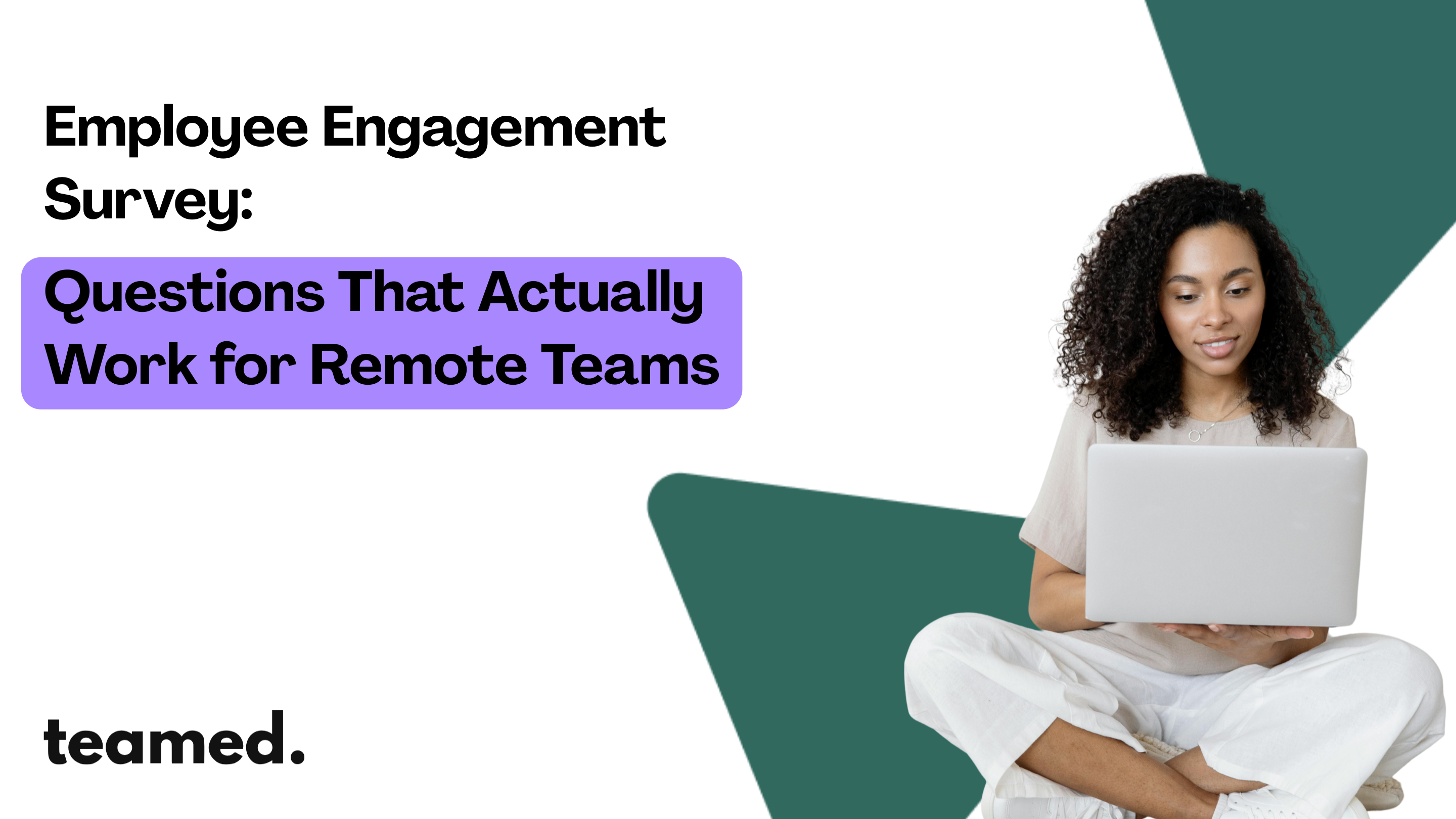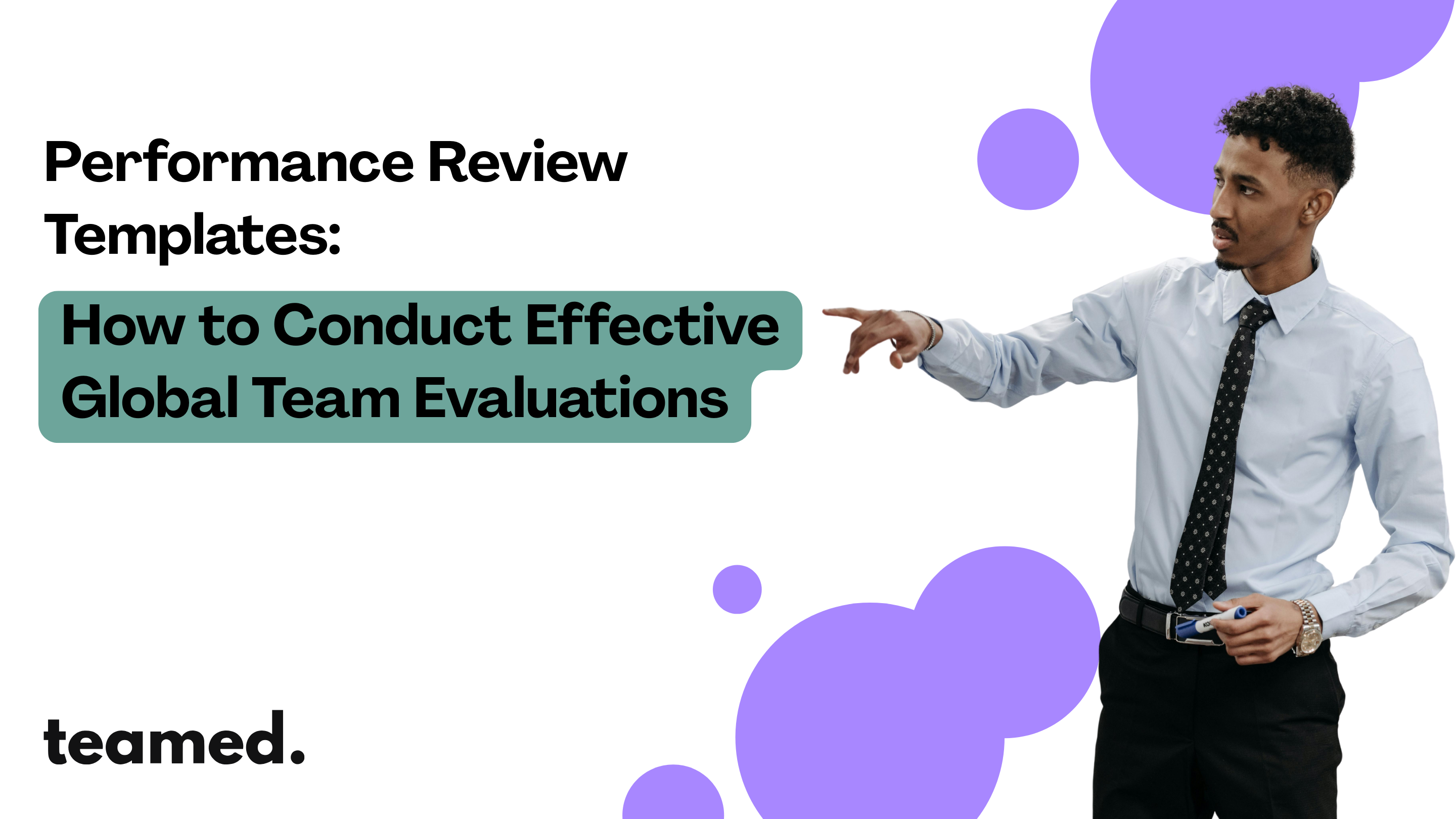Hiring international employees can be an exciting step towards expanding your business globally, but it requires careful planning and understanding of various factors. From finding the right candidates to managing legal compliance and payroll, there are several steps to ensure a successful global hire.
Below is a guide to walk you through the process of hiring international employees.
1: Define job requirements and qualifications
Once you've got the legal requirements down, the next step is to define the job requirements and qualifications.
- Identify the specific skills and expertise needed: When hiring an international employee, it's essential to clearly define the specific skills and expertise needed for the job. This can help you target your recruitment efforts and evaluate candidates effectively. It can also help you justify hiring a foreign employee, which may be necessary for visa or work permit applications.
- Determine language proficiency requirements: Language proficiency may be essential depending on the job and country. If the job requires communication in a specific language, you must ensure your prospective employee has the necessary language skills. This may involve conducting language tests or interviews.
- Consider cultural fit and international experience: Cultural fit and international experience can be essential factors in hiring overseas employees. It would be best to consider how well the prospective employee will fit into your company culture and how their international experience might benefit your business.
2: Source and attract global talent
With the job requirements and qualifications defined, the next step is to source and attract foreign talent.
- Explore international job boards and websites: International job boards like Indeed, ZipRecruiter, and LinkedIn can help you reach a global audience of potential candidates. These platforms can help you advertise your job openings to a broad audience and hire international employees.
- Utilise professional networks and industry-specific platforms: Professional networks and industry-specific platforms can also be valuable resources for sourcing foreign talent. These platforms can help you connect with professionals in your industry from around the world, and they often offer tools and resources to help you hire internationally.
- Consider partnering with recruitment agencies specialising in international hiring: If you're new to international hiring or looking to streamline the process, consider partnering with a recruitment agency specialising in international hiring. These agencies have the expertise and resources to navigate the complexities of hiring foreign workers in just four steps and can help you find the right candidate for your needs.
3. Understand the legal requirements
Every country has its own set of labour laws, tax regulations, and compliance requirements. You’ll need to understand the legal framework in each country where you plan to hire employees. This involves knowing local employment laws, tax obligations, and mandatory benefits such as healthcare, retirement plans, and parental leave.
- Research visa and work permit regulations: Different countries have different visa and work permit regulations. You must do your homework and understand what type of visa or work permit your prospective employee will need. This will depend on factors like the nature of the job, the duration of the employment, and the employee's nationality.
- Determine sponsorship obligations: If you're hiring a foreign worker, you may need to sponsor them for a visa or work permit. This involves a significant investment of time and resources, as you'll need to provide documentation, pay fees, and meet specific requirements as an employer/
- Familiarise yourself with immigration processes: Immigration processes can be a bit of a maze. It's essential to familiarise yourself with these processes and understand what steps you'll need to take to hire international employees. This can include submitting applications, providing documentation, and attending interviews or hearings.
Did You Know? In countries like Sweden, each parent is entitled to 240 days of paid parental leave. This must be factored into your employment offers when hiring in Sweden. Global hiring is easier with an EOR who takes care of all the compliance for you.
4: Evaluate candidates and conduct interviews
Hiring internationally begins with sourcing the right candidates. You’ll want to consider the skills and experience needed, but also factor in cultural fit and local job markets. Understanding the local hiring landscape is essential. Once you've sourced potential candidates, the next step is to evaluate them and conduct interviews.
- Review resumes and applications: Review resumes and applications to understand the candidate's skills, experience, and qualifications. Look for evidence of the specific skills and expertise you identified in step 2, and consider how well the candidate's experience aligns with the job requirements.
- Assess qualifications and work history: In addition to reviewing resumes and applications, you'll want to assess the candidate's qualifications and work history. This can involve checking references, verifying credentials, and considering the candidate's career progression and achievements.
- Conduct interviews, either in person or remotely: Interviews are a crucial part of hiring foreign workers in just four steps, allowing you to assess the candidate's skills, personality, and fit for the job. Depending on the candidate's location, these interviews may be conducted in person or remotely. Use multiple rounds of interviews to assess both technical skills and cultural fit when hiring in foreign market
Pro Tip: When evaluating candidates, consider cultural fit as well as technical skills to ensure they align with your company’s values. Consider the local cultural context when evaluating candidates. What works in one country may not work in another.
5: Make a job offer and complete right to work checks
Once the right candidate is selected, you’ll need to create an offer that aligns with local standards. Offering competitive salaries and benefits that reflect local expectations will ensure you attract top talent. Be sure to include country-specific benefits like healthcare, pensions, equity options, or paid leave in your employment contracts. Don't forget that some candidates might require immigration support and you to navigate the visa process.
- Draft and negotiate the job offer: When making a job offer to a foreign employee, it's important to clearly outline the terms of the employment, including the job duties, salary, benefits, and start date. You'll also need to negotiate these terms with the candidate, considering factors such as cost of living differences and relocation expenses.
- Sponsor the visa or work permit: If the candidate accepts the job offer, you must sponsor them for a visa or work permit. This involves applying to the relevant immigration authorities, providing documentation to support the application, and paying any required fees. An EOR might be able to support you with the application or give you the information on how the process works. Be prepared that an EOR might not be able to offer support with VISAs and work permits.
- Support the candidate through the immigration process: The immigration process can be complex and stressful for the candidate. As an employer, you can support the candidate by providing information, assisting with paperwork, and offering necessary resources or support.
Did You Know? Offering locally competitive benefits packages can significantly improve your chances of securing top-tier talent in international markets. Read more on the topic in our expert interviews!
6: Onboard the employee and manage their employee experience
Effective onboarding is key to integrating international employees into your company culture. This process should include setting up payroll, taxes, benefits, and making sure employees feel supported in their new roles. Ensure that ongoing management includes regular communication, check-ins, and feedback loops to keep them engaged and builds trust in the remote setting.
- Prepare for the employee's arrival: Before the employee arrives, you'll need to prepare for their arrival. This can involve arranging housing and transportation, setting up their workspace, and preparing necessary equipment or materials.
- Conduct an onboarding program: An orientation program can help the new employee get to know your company, understand their role and responsibilities, and familiarise themselves with their new environment. This program might include a tour of the office, introductions to key staff, and an overview of company policies and procedures.
- Provide ongoing support and resources: After the orientation, please continue to support the employee as they settle into their new role. This could involve assigning a mentor or buddy, providing language or cultural training, and offering resources for living and working in the new country. Remember, supporting an employee's integration is a long-term commitment that is crucial to their success and satisfaction.
"Support for our candidates was hugely important. We wanted a solution that felt like just another branch of what we do internally but took care of things that are outside of our expertise. For this, Teamed delivers on all fronts!" - Marta Silva, Tekever
Hire internationally with Teamed
Hiring international employees can be challenging but rewarding. By following these six steps — evaluating candidates, understanding legal compliance, expanding your business, screening candidates, making offers, and onboarding effectively — you can create a smooth and efficient hiring process that opens doors to global talent.
Sometimes it's better to let an expert handle your international hiring and global payroll management, this is when a global employment service like Teamed can be your best partner. Whether hiring your first international employee or expanding your global workforce, here to help you navigate the process successfully and get everything done like a breeze.








